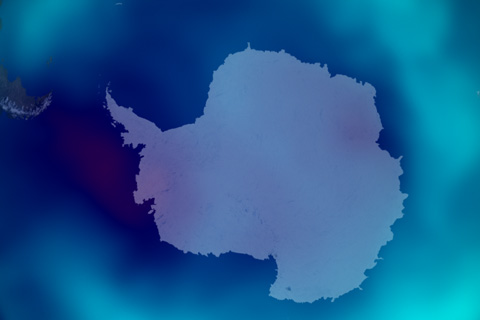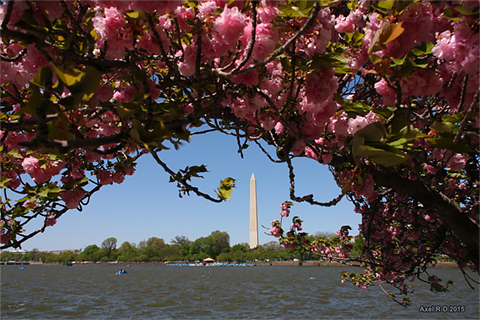Rebecca Lindsey

NOAA’s 14th Arctic Report Card recounts the numerous ways that climate change continues to disrupt the polar region, including massive melt of the Greenland ice sheet and major shifts in the distribution of commercially valuable marine species.

Under high pressure and sunny skies, roughly 95 percent of the surface experienced melting at some point in the summer, well above the 1981-2010 average of about 64 percent, equivalent to the previous record set in 2012.

With few exceptions, unusual warmth dominated Arctic Ocean basins in 2019.

In 2019, air temperatures over the Arctic were the second-warmest on record, continuing a string of 6 years that have been warmer than all other periods in the historic record dating back to 1900.

Earth has warmed in the past due to changes in the Sun, volcanic eruptions, and naturally occurring increases in greenhouse gases. Our ability to understand and explain past changes is one reason we are confident that recent changes are due to humans.

Weather balloons launched at the South Pole each spring routinely find areas of the Antarctic stratosphere where ozone has been completely destroyed. In 2019, they found no such areas.

The seasonal Antarctic ozone hole was the smallest on record in 2019, thanks to a warmer-than-average September.

While we cannot stop global warming overnight, or even over the next several decades, we can slow the rate and limit the amount of global warming by reducing human emissions of heat-trapping gases and soot.

Weather and climate occur on different scales of time and space, and depend on different aspects of Earth's environment. Weather describes atmospheric conditions at a particular time and place. Climate is the overall statistical characteristics of weather and environmental conditions, such as long-term averages and ranges of variability, for a given place and season.
